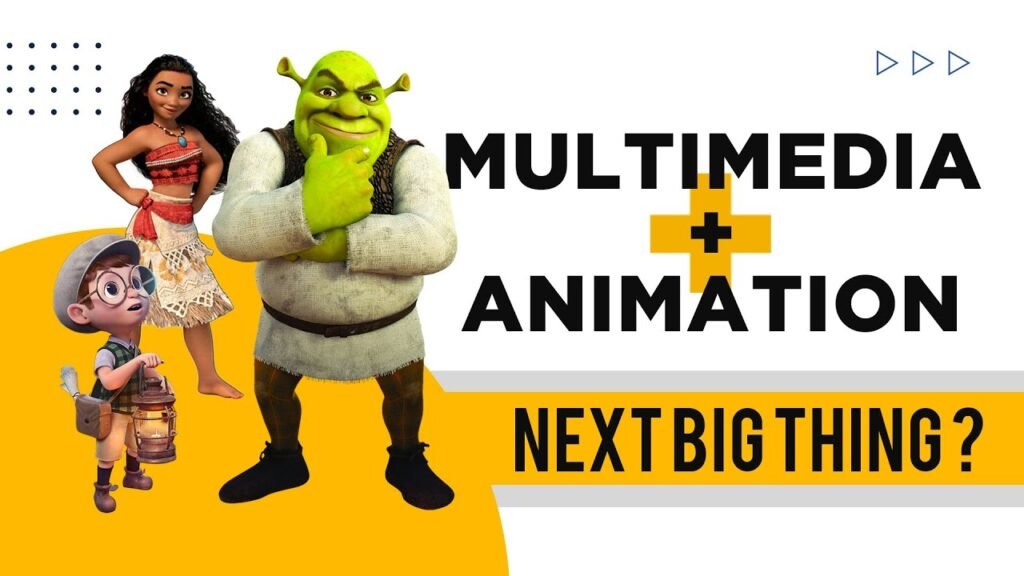
Enquire Now
ABOUT [MULTIMEDIA & ANIMATION COURSES]
Multimedia and animation courses are designed to equip students with the skills and knowledge necessary to create various forms of digital media, including animations, graphics, videos, and interactive presentations. These courses cover a wide range of topics related to multimedia design, animation techniques, and digital storytelling. Here’s an overview of what students can expect from multimedia and animation courses:
Fundamentals of Design: Multimedia and animation courses typically start by teaching students the fundamental principles of design, including color theory, typography, composition, and layout. These principles form the basis for creating visually appealing and effective multimedia content.
Software Tools and Technologies: Students learn to use industry-standard software tools and technologies for multimedia design and animation. This may include software such as Adobe Creative Suite (Photoshop, Illustrator, InDesign, After Effects), Autodesk Maya, Blender, Cinema 4D, and others. Students gain hands-on experience with these tools to create digital artwork, animations, and interactive media.
Animation Techniques: Animation courses cover various animation techniques, including traditional 2D animation, 3D animation, stop motion, and motion graphics. Students learn about keyframe animation, rigging, character animation, special effects, and animation principles such as timing, spacing, and easing.
Storyboarding and Scriptwriting: Multimedia courses often include instruction in storyboard creation and scriptwriting for multimedia projects. Students learn how to develop narratives, plot structures, and visual sequences to effectively communicate ideas and stories through multimedia content.
Digital Imaging and Editing: Students learn digital imaging techniques for manipulating and enhancing images, photographs, and graphics. They also learn video editing skills for editing and post-production of video footage, including cutting, trimming, adding effects, and audio synchronization.
Interactive Media Design: Courses in multimedia may cover interactive media design principles for creating interactive websites, user interfaces, and multimedia presentations. Students learn about user experience (UX) design, navigation, interactivity, and usability testing.
Specialization Tracks: Some multimedia and animation programs offer specialization tracks or elective courses in specific areas such as game design, visual effects (VFX), virtual reality (VR), augmented reality (AR), or user interface (UI) design. These tracks allow students to focus on areas of interest and develop specialized skills.
Portfolio Development: Throughout the course, students work on individual and group projects to build a portfolio of work that showcases their skills and creativity. A strong portfolio is essential for demonstrating proficiency to potential employers or clients in the multimedia and animation industry.
Industry Insights and Trends: Multimedia and animation courses often include discussions on industry trends, best practices, and emerging technologies in the field. Students gain insights into the current landscape of multimedia and animation industries and prepare for careers in dynamic and evolving fields.
Internships and Industry Connections: Many multimedia and animation programs offer opportunities for internships, industry collaborations, and networking events with professionals in the field. These experiences provide valuable real-world exposure and may lead to job opportunities after graduation.
Overall, multimedia and animation courses provide a comprehensive education in digital media design and production, preparing students for careers in animation studios, advertising agencies, film and television production companies, game development studios, web design firms, and other creative industries.